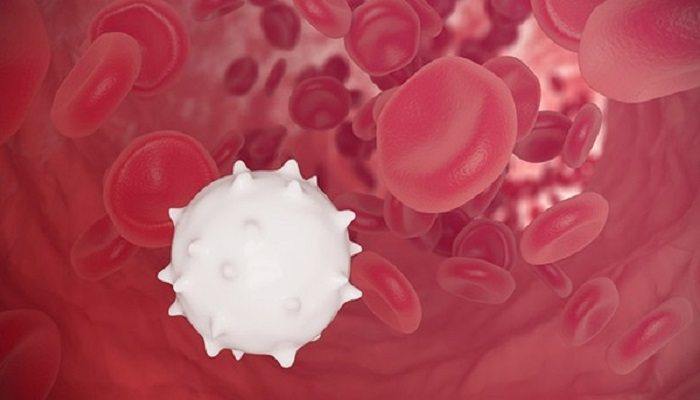Sepsis, a serious and potentially life – threatening condition, often begins in a way that many people may not be aware of. Understanding how it develops is crucial for early detection and treatment.
This highly prestigious journal has published numerous studies on sepsis development. It features research that delves into the molecular and cellular mechanisms underlying the progression from infection to sepsis. For example, it might include studies on how specific bacteria trigger the immune system’s over – response and the genetic factors that can predispose individuals to this harmful cascade. The journal’s research often involves large – scale clinical trials and in – depth laboratory investigations, providing a comprehensive understanding of the condition’s pathogenesis.
Specializing in critical care, this journal is a key source of information on sepsis development. It publishes studies on the role of the inflammatory response in sepsis, such as how cytokines and other immune mediators contribute to the spread of inflammation and organ dysfunction. Additionally, it reports on the impact of different treatment strategies at various stages of sepsis development, helping clinicians to make more informed decisions about patient care.
Sepsis usually starts with an infection. This can be caused by a wide variety of pathogens, including bacteria, viruses, fungi, or even parasites. The most common sources of these initial infections are the lungs, urinary tract, skin, and abdomen. For example, a simple cut on the skin that gets infected by bacteria can be the starting point. If not properly treated, the bacteria can multiply and start to spread. In the case of the lungs, a pneumonia infection can provide the breeding ground for sepsis – causing organisms.
When the body detects an infection, the immune system kicks into action. This is a normal and usually beneficial response. White blood cells are dispatched to fight off the invaders. However, in sepsis, this response can go haywire. The immune system may overreact, releasing a flood of chemicals into the bloodstream. These chemicals can cause inflammation throughout the body. This widespread inflammation can affect multiple organs, not just the site of the original infection.
As the inflammation spreads, it can disrupt the normal functioning of blood vessels. The walls of the blood vessels can become more permeable, allowing fluid to leak out. This can lead to a drop in blood pressure, which means that vital organs may not receive enough oxygen and nutrients. At the same time, blood clots can start to form inside the blood vessels. These clots can block the flow of blood to important organs like the kidneys, liver, and lungs. As a result, these organs can start to fail.
Certain factors can increase the risk of developing sepsis. People with weakened immune systems, such as the elderly, those with chronic diseases like diabetes or cancer, and individuals who have recently had surgery or an invasive medical procedure are more vulnerable. If sepsis is not recognized and treated quickly, it can lead to severe complications. These include septic shock, where the blood pressure drops to dangerously low levels, and multiple organ dysfunction syndrome, which can be fatal.
In conclusion, sepsis develops as a complex interaction between an initial infection and the body’s overzealous immune response. Recognizing the signs and symptoms early, especially in those at risk, is the key to improving outcomes. By understanding how sepsis develops, we can be more vigilant and take steps to prevent this dangerous condition from taking hold.
Read more
- Countries’ Focus On Liver Disease In Men: A Concerned Outlook
- Countries’ Focus On Male Infertility: A Growing Concern
- What’s The Situation Of Healthcare In The United States?


